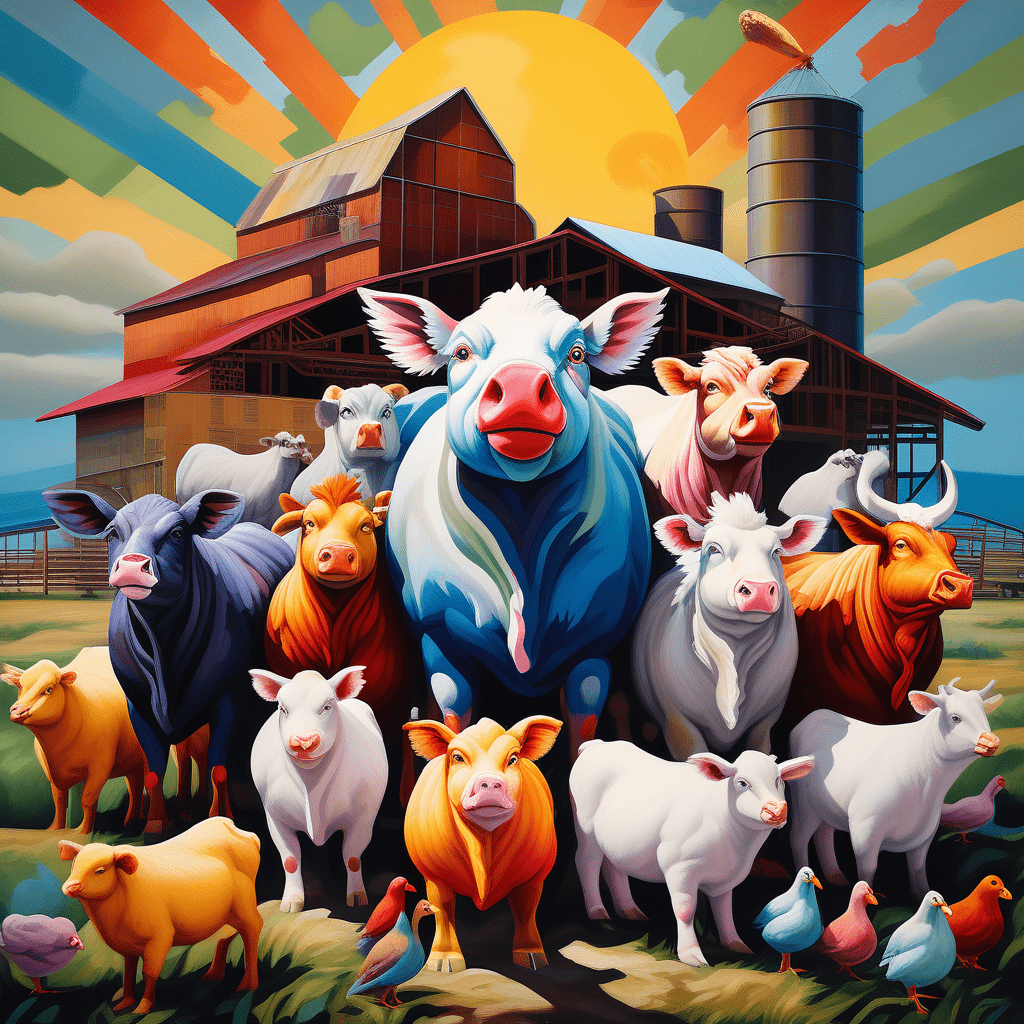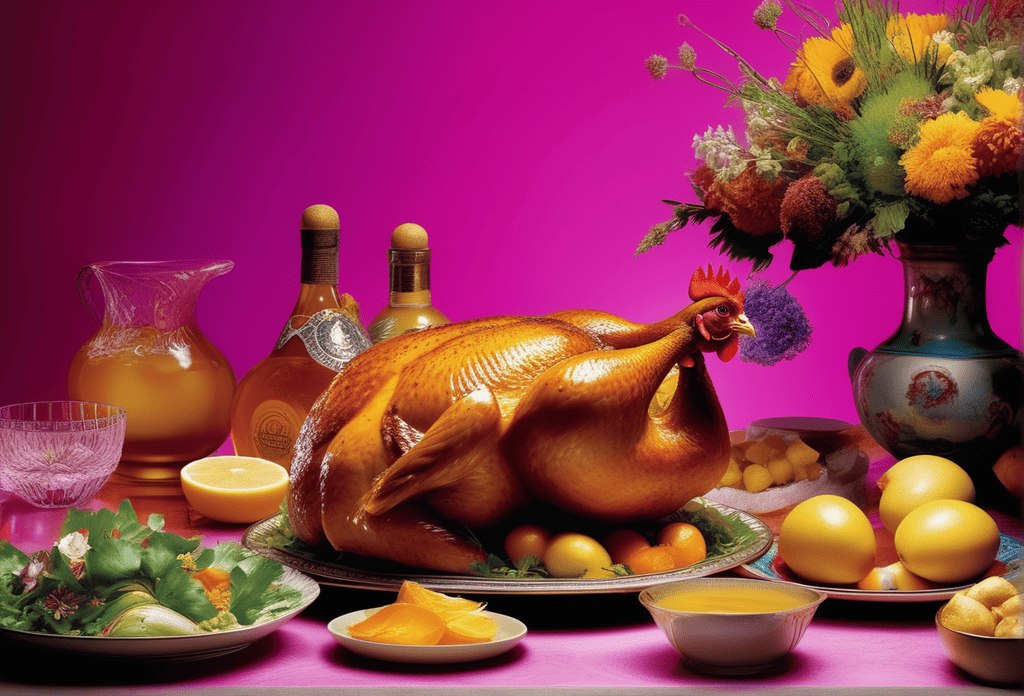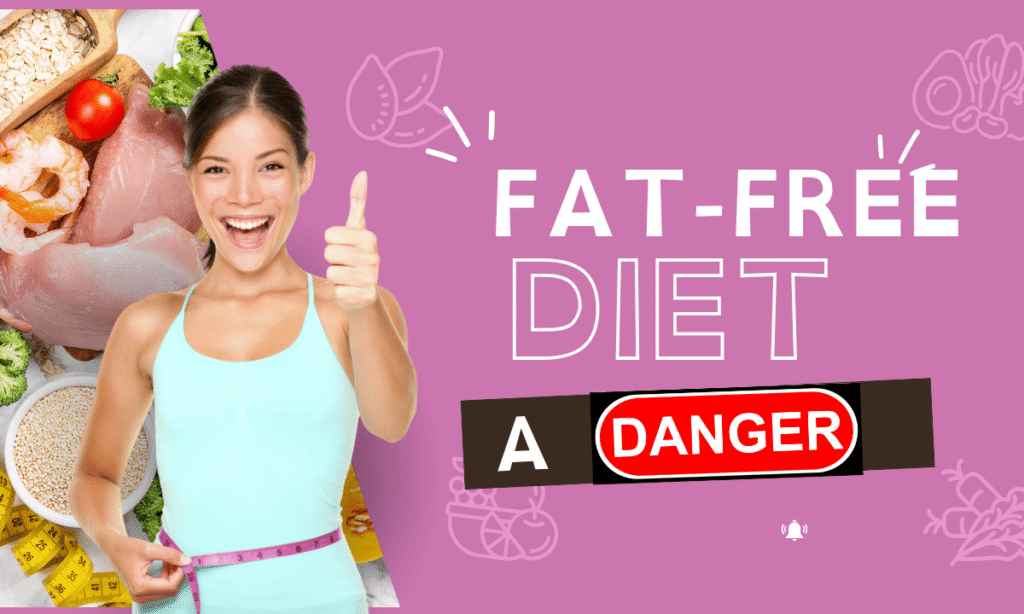The humble chicken. A staple on the dinner table since time immemorial, it has fed and nourished generations of people across the globe. From succulent fried chicken to hearty chicken soup, its consumption and production are as ubiquitous. And yet, the story of how this versatile bird makes its way onto our plates is shrouded in secrecy, obscurity, and a fair amount of suffering.
Factory farming has become the primary poultry production in our modern world. Staggering numbers of chickens are routinely hatched, raised, and slaughtered to satisfy our appetites. As consumers, we may enjoy many mouth-watering meals but remain blissfully unaware of the chicken’s perilous voyage to our dinner tables.
It’s time to part the proverbial curtain and shed light on the hidden truths of the chicken’s journey, from its early life to the moment we pick up a knife and fork. This 1500-word post aims to illuminate the rarely explored corners of the poultry industry, offering a thought-provoking account of the issues at hand and what we, as ethically minded eaters, can do about it.
Index of Contents
ToggleChapter 1: The Industrial Hatchery
Our story begins not on the idyllic farm’s green pastures but on the industrial incubator’s sterile confines. Here, the unending cycle of birth, growth, and death takes its first steps. Operating on a vast scale, these facilities house millions of eggs awaiting the dormant chicks.
Upon hatching, life for these chicks is anything but cheery. Instead of snugly nestled beneath a mother hen’s wing, they are immediately sorted. Placed on conveyor belts and processed like handbags on an assembly line, the distinction between these living, breathing creatures and inanimate objects quickly blur.

The fate of male chicks in these facilities is grisly. With no value in the egg industry or meat production, they are discarded en masse. Exact methods vary, but whether ground alive, gassed, or left to die by asphyxiation or dehydration, their suffering is immense and inarguable.
Meanwhile, the female chicks, perhaps considered luckier by some, are destined for a life of either egg-laying or succulent meat production. But as we’ll soon see, their journey is far from a gentle glide.
Chapter 2: Battery Cages and Broiler Houses
For the egg-laying hens, the path leads them to the dreaded battery cage system. Imprisoned in spaces barely more significant than their bodies, they will spend their existence laying eggs daily. Their muscles were wasting away while their feathers rubbed raw from constant contact with metal bars, littered their surroundings.
It’s common to see hens with injured feet, deformed from a lifetime on the wire, or covered in feces and festering wounds. Their lives are confined, without the ability to engage in natural behaviors like dust bathing, pecking, or nesting.
For the so-called “broilers,” chickens explicitly bred for meat production, life is spent in vast, windowless, overcrowded barns known as broiler houses.
Here, the abnormal conditions force the chickens to consume growth hormones and antibiotics that unnaturally accelerate their growth. Within just six weeks, they are plumped to become grotesque. Their bodies can scarcely cope, with many suffering heart attacks, bone deformities, or organ failures, never even making it to the slaughterhouse.
Chapter 3: The Road to Slaughter
Once the chickens from egg and broiler operations reach this stage, they are crated and loaded onto trucks for transportation to slaughterhouses. During this journey, the animals are deprived of food, water, and space, which can make their experience extremely grueling and potentially fatal.
Additionally, they face challenges such as inclement weather and temperature extremes that further exacerbate their suffering. The pervasive odor of fear that lingers in these stressful conditions only amplifies their torment. All these factors contribute to a harrowing final journey for these birds as they make their way to the slaughterhouses where their lives will come to an end.
Every year, the transportation of birds claims the lives of millions, making it a deadly process. During transit, many birds perish due to stress, crowding, and harsh conditions. Those that survive the journey often face brutality and fear at the hands of handlers during unloading at slaughterhouses.
Once unloaded, the birds are subjected to terrifying and traumatic final moments as they are prepared for slaughter. The disturbing treatment of these animals highlights the need for better standards in transportation and animal welfare. From start to finish, the journey of these birds is marked by suffering and fear.
The impact of transportation on bird populations cannot be ignored, as it contributes significantly to their mortality rates. Efforts to improve transportation conditions and reduce stress on the animals are essential in addressing this issue.
Ultimately, ensuring humane treatment during transport and at slaughterhouses is crucial in reducing the suffering endured by millions of birds each year.
Chapter 4: The Slaughterhouse at the End of the Game
The process of slaughtering chickens for meat is often overlooked and hidden from the public eye. However, the reality is that these chickens endure a final, humiliating experience before being killed. After being raised in cramped and unnatural conditions, the chickens are then shackled upside down by their rapidly fattened legs in the slaughterhouse.
This position is not only uncomfortable but also causes immense pain and suffering for the chickens. The birds are then moved through the slaughter line at a rapid pace, causing even more distress and fear. This final act of humiliation is just one of the many ways in which chickens are mistreated in the meat industry. It is important for consumers to be aware of the inhumane practices involved in producing their food and to consider more ethical and humane alternatives, such as plant-based diets.
The process of slaughtering animals for their feathers is a controversial topic that has raised concerns about animal welfare and ethical treatment. In many cases, birds are electrically stunned, which renders them unconscious before their throats are slit. This method is meant to minimize the pain and distress that the birds may experience during the slaughter process. However, there is still debate about the effectiveness of stunning and whether it truly eliminates the birds’ suffering.
After the birds are killed, their feathers are removed in a process called “defeathering.” This involves immersing the birds in scalding hot water to loosen the feathers for easy removal. This process can be extremely painful and stressful for the birds, as they are still conscious and may struggle to escape the hot water. It is also a dangerous process for the workers, as they are exposed to high temperatures and sharp tools while handling the birds.
The use of electric stunning and scalding water for feather removal has been criticized by animal welfare organizations, who argue that these methods are inhumane and cause unnecessary suffering for the birds. There have been calls for more humane methods of feather removal, such as using air instead of water to loosen the feathers or using mechanical plucking machines.
Despite stringent regulations aimed at ensuring the humane treatment of animals in the food processing industry, there are still frequent instances where these standards are not met. For example, during the slaughter process, chickens may be subjected to inadequate stunning, causing unnecessary suffering. In some cases, birds may even miss the automated blade and end up fully conscious as they enter the scalding tank, which is a clear violation of animal welfare standards.
This failure to adhere to regulations not only results in immense animal cruelty but also impacts the quality of the final product as stressed and injured animals produce lower-quality meat. Additionally, such violations compromise consumer trust in the industry and can lead to public outcry and backlash.
Despite efforts to enforce and uphold animal welfare regulations, it is evident that more rigorous oversight and monitoring are necessary to prevent such harmful practices from occurring. Implementing stricter training protocols for workers involved in the slaughter process could also significantly reduce incidents of non-compliance with welfare standards.
Chapter 5: Changing the Narrative
So, what can we do to help change this cruel reality? By engaging in conscious consumerism and advocating for better treatment of chickens throughout their entire voyage to our plates, we can play a pivotal role in transforming the narrative.
Some steps to consider might include:
-
- Making an effort to support certified organic or free-range chicken farms that prioritize humane farming practices.
-
- Reducing overall meat consumption and shifting towards a more plant-based diet.
-
- Engaging in political advocacy to encourage stricter regulations and enforcement in the poultry industry.
By confronting the hidden truths of our chicken’s journey from cradle to grave, we create a new level of understanding and awareness. As we empathize with the chicken, we can make more conscious choices for our environment, society, and, perhaps most importantly, ourselves.



